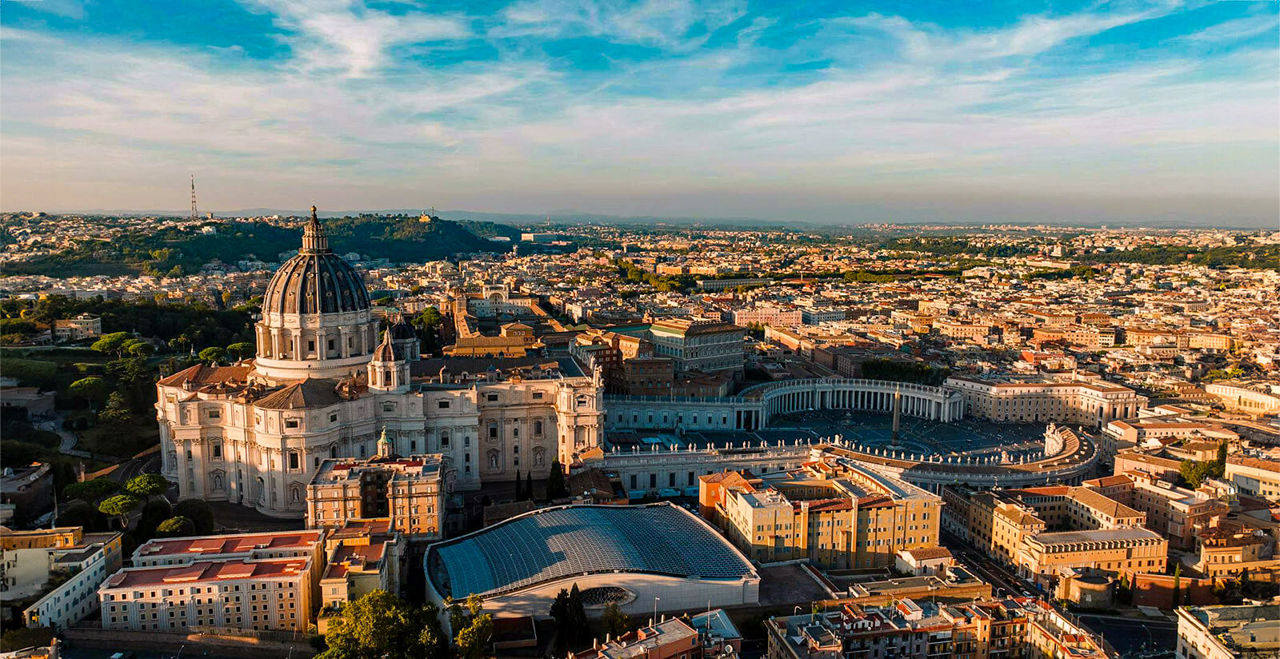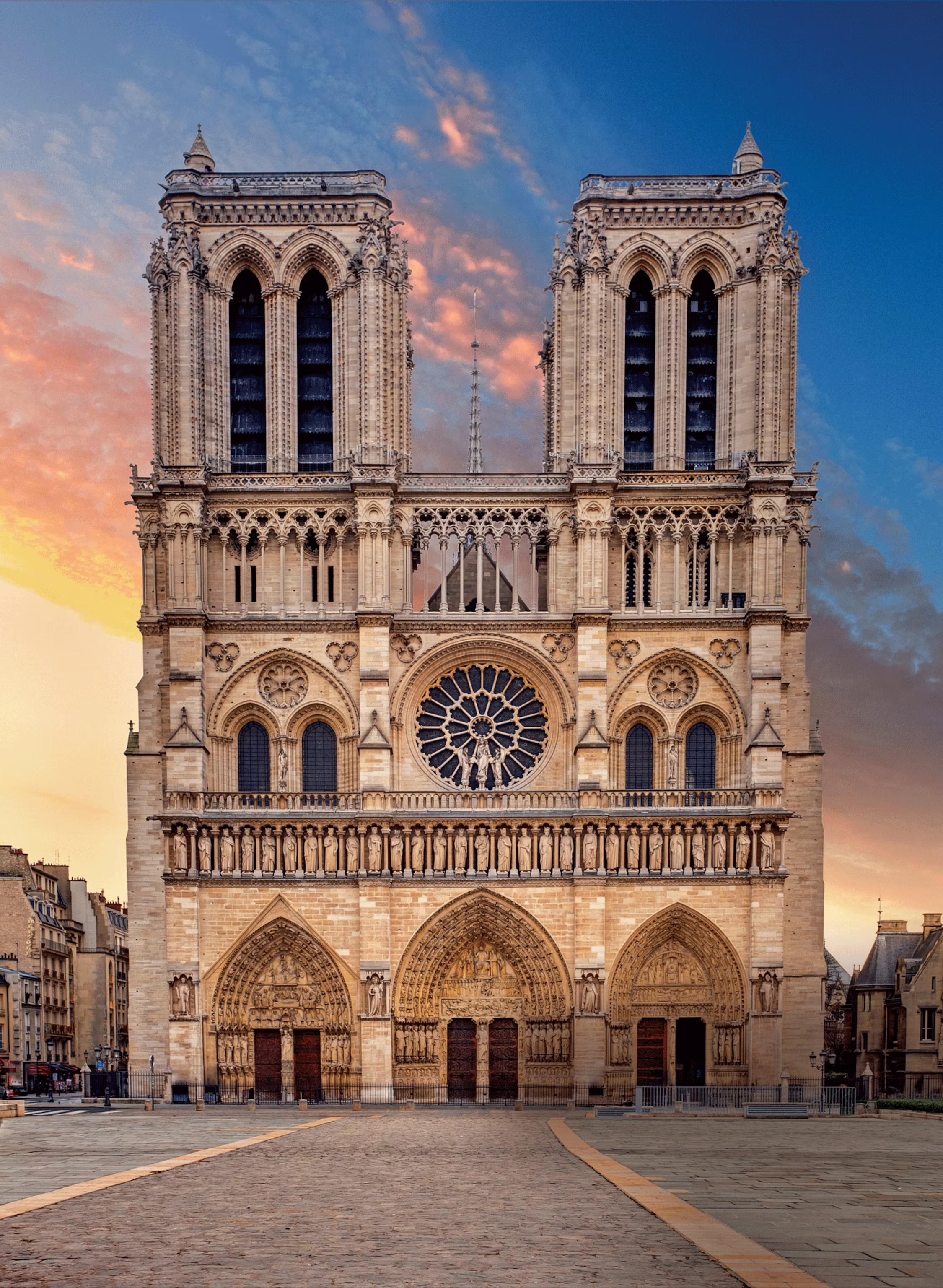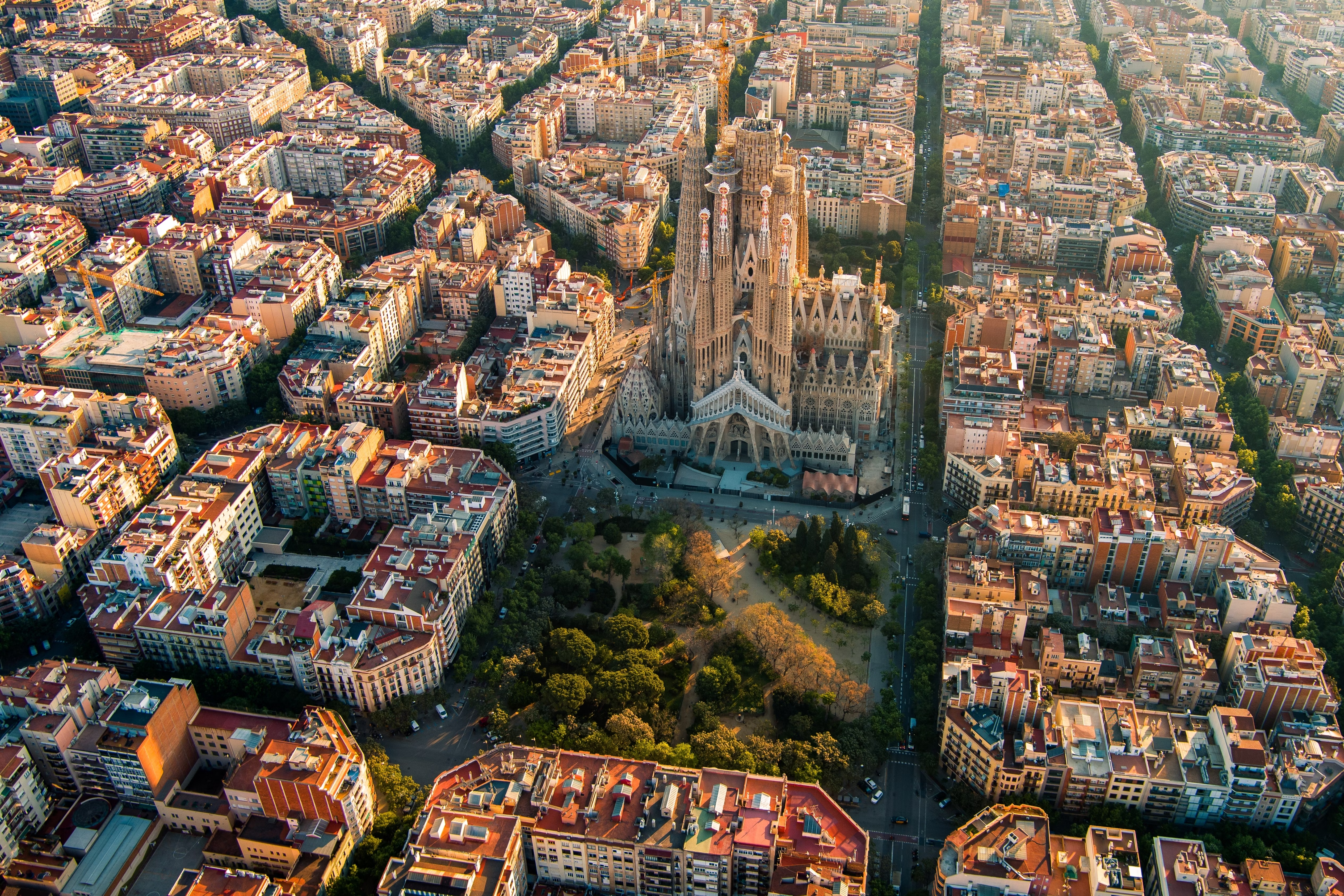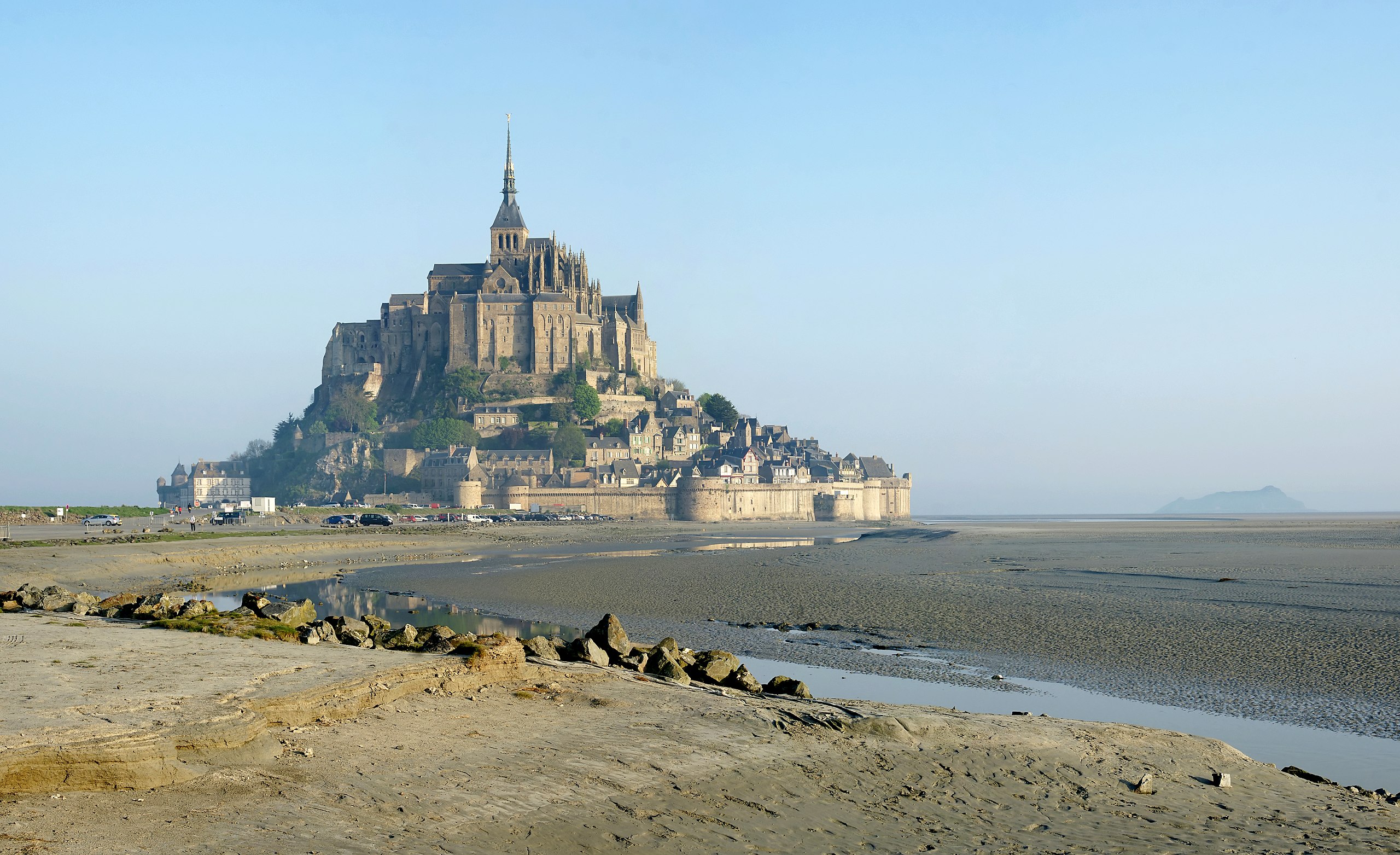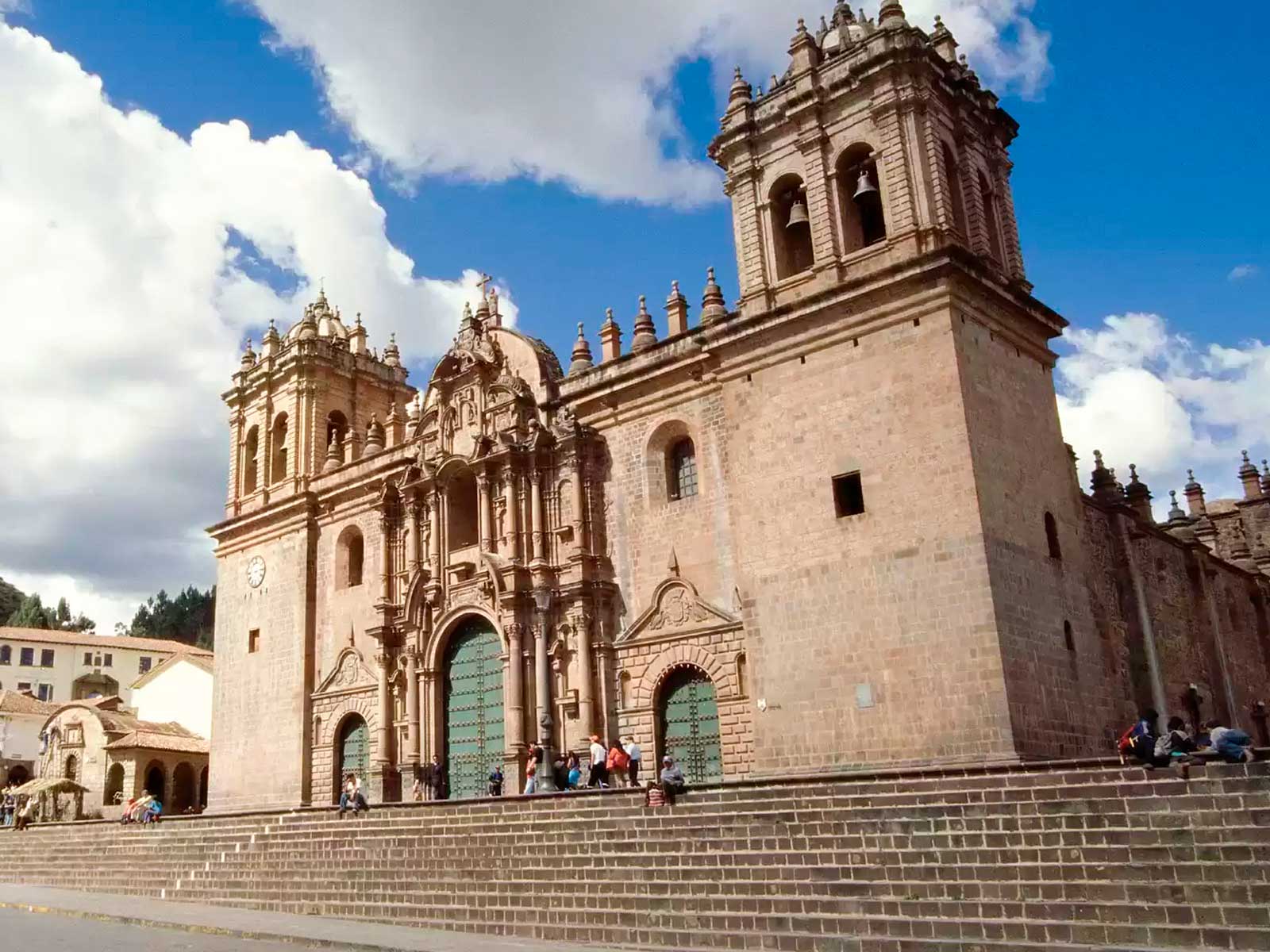
Cusco Cathedral
Built on the foundations of an Inca palace, this cathedral is a prime example of colonial architecture in Peru. It features a fascinating blend of Spanish Renaissance and Baroque styles with indigenous Quechua influences. The cathedral houses a remarkable collection of colonial art from the Cusco School, including a Last Supper painting showing Jesus and the apostles dining on guinea pig.
Historical Context
Cusco Cathedral was constructed during the colonial period, specifically between 1559-1654. This era was characterized by significant developments in architectural techniques and religious expression.
The construction was commissioned by the local bishop and diocese and took place during a time of significant religious and cultural development. The building has survived through centuries of history, witnessing wars, political changes, and cultural transformations.
Over the centuries, Cusco Cathedral has undergone several renovations and restorations, each adding to its historical significance while preserving its original character and purpose.
